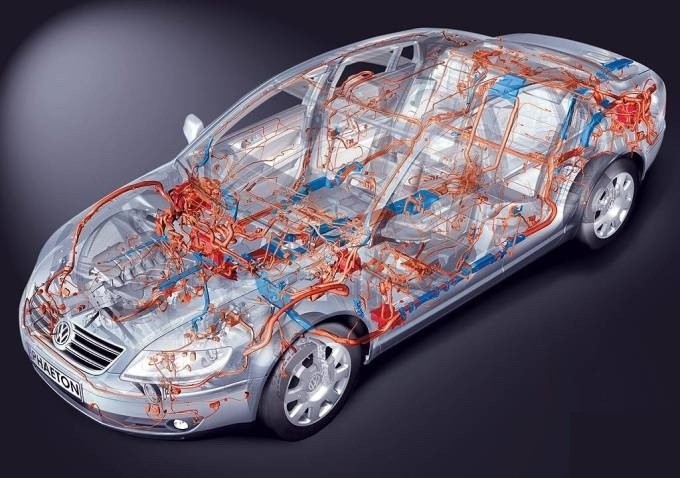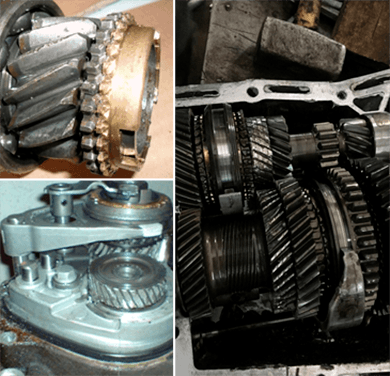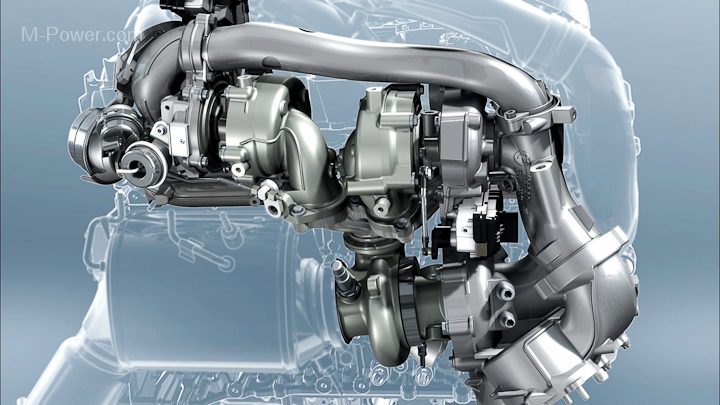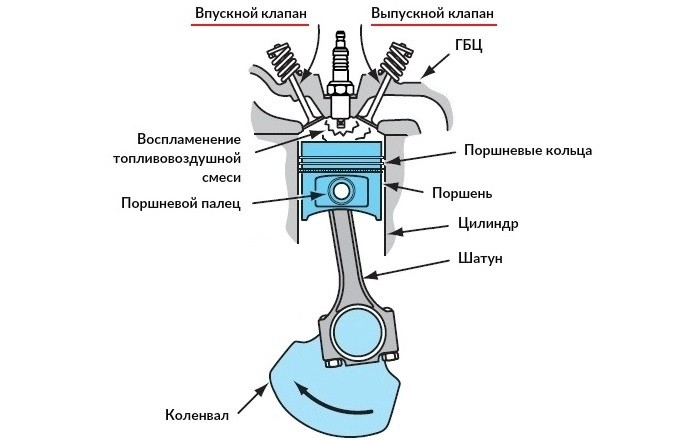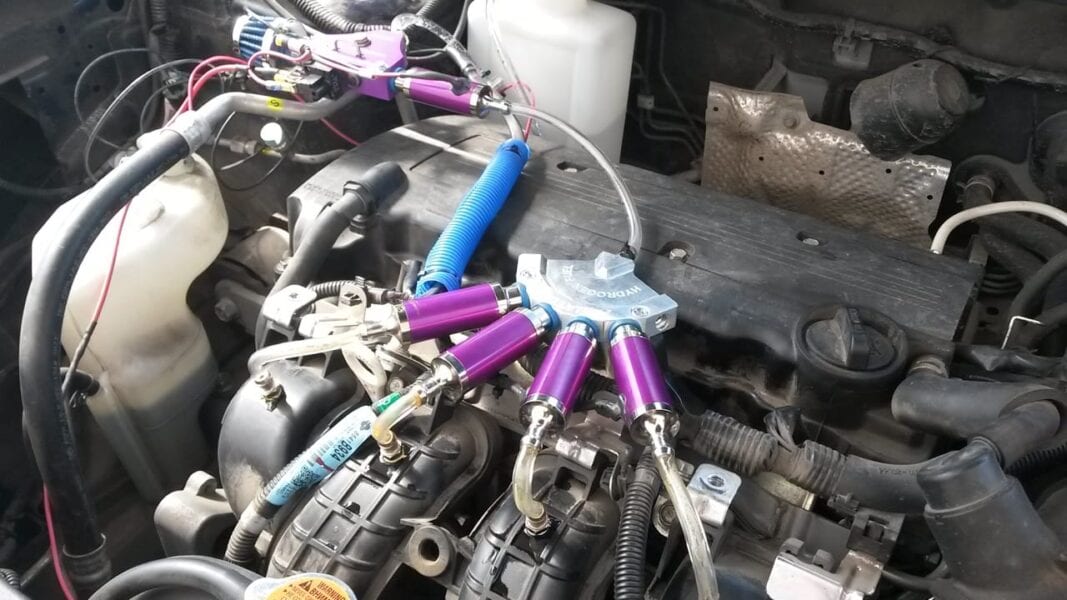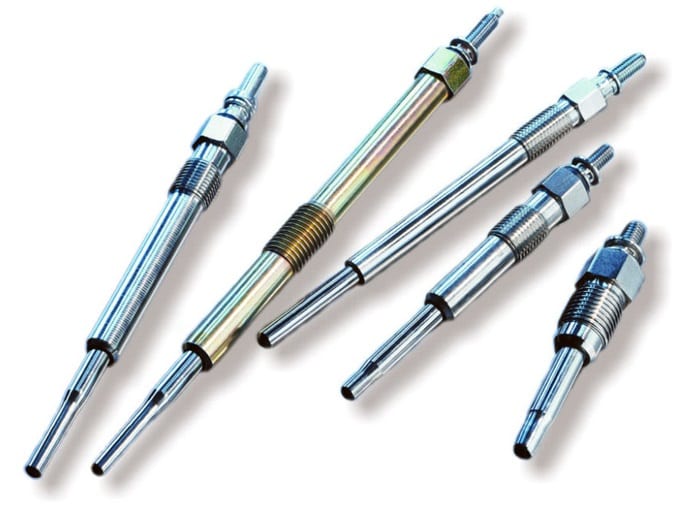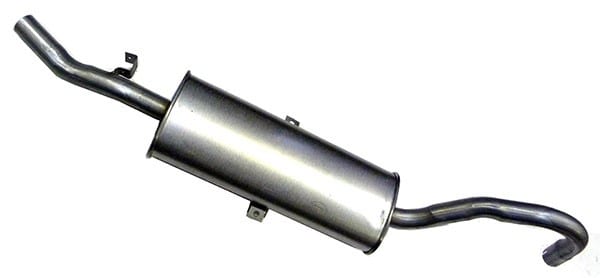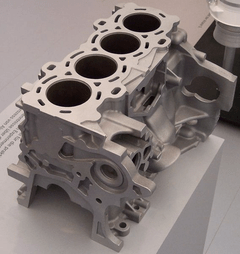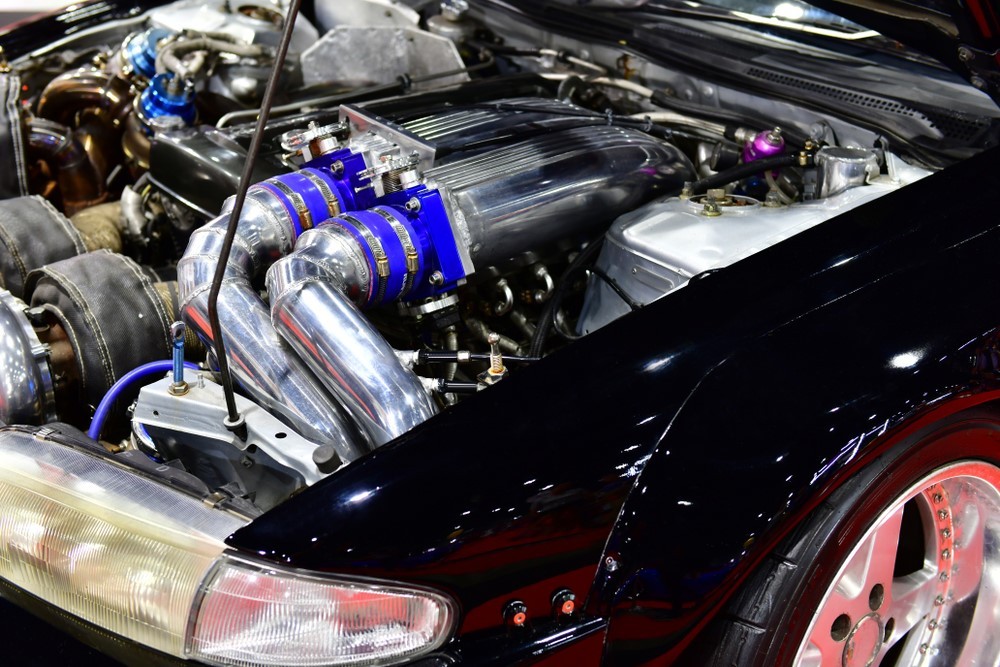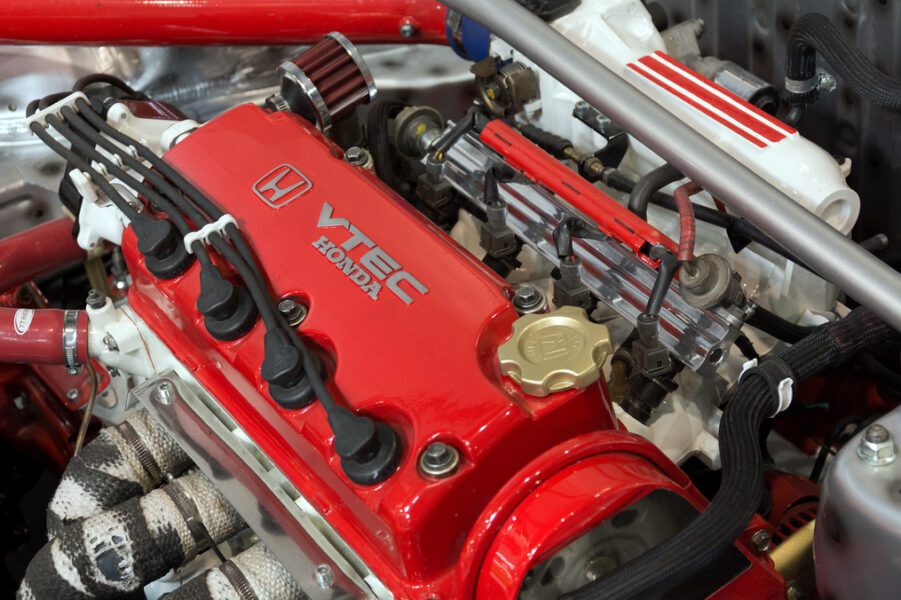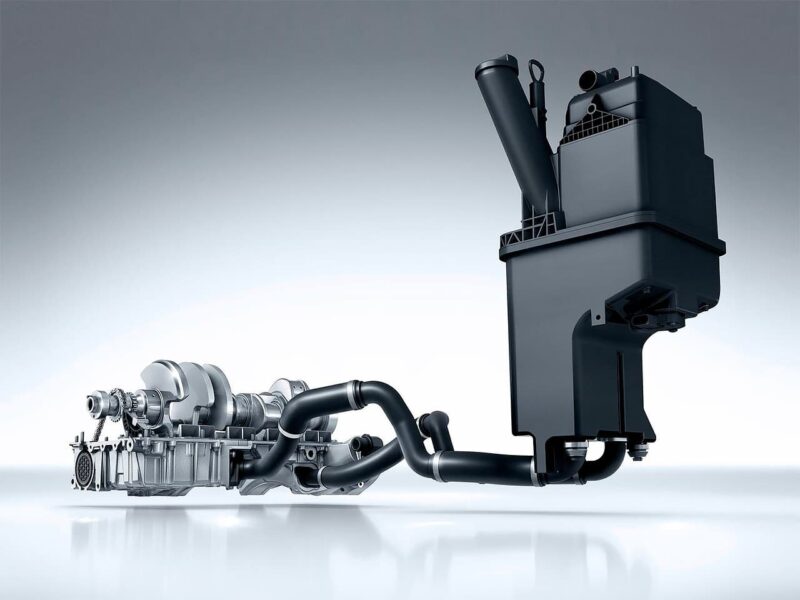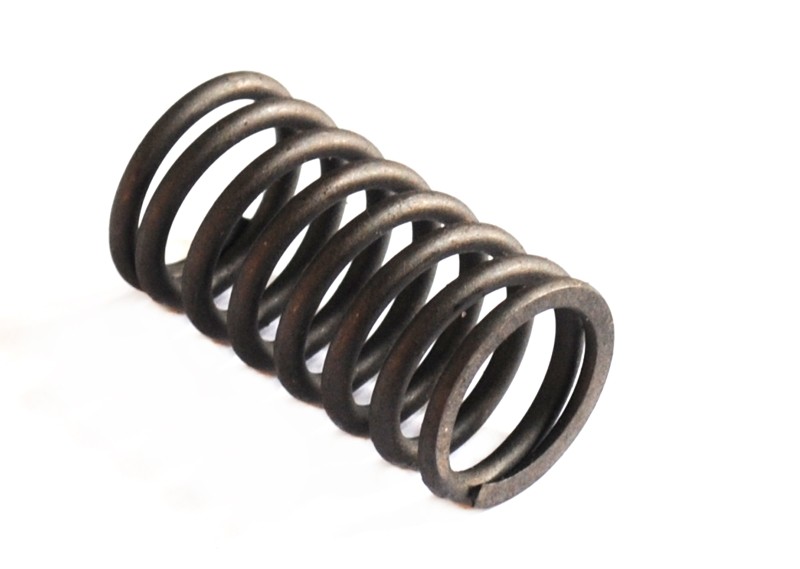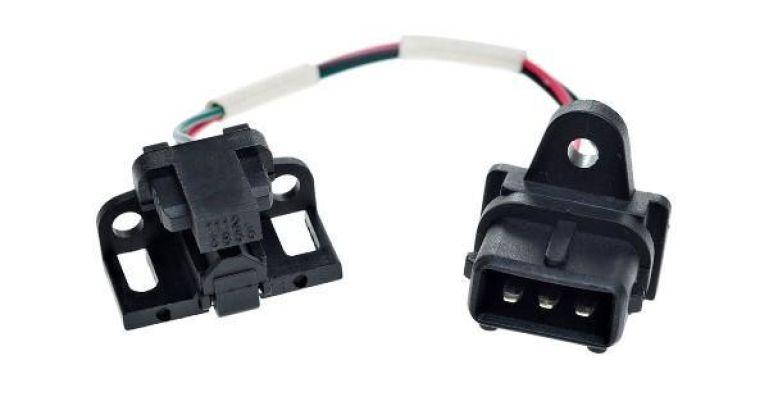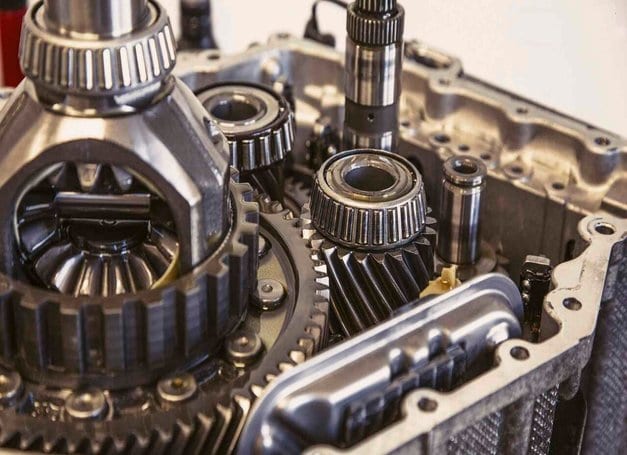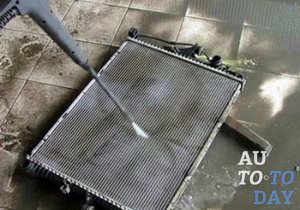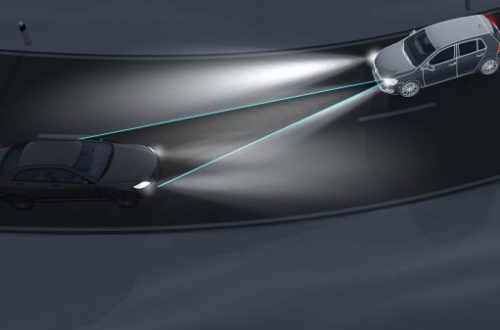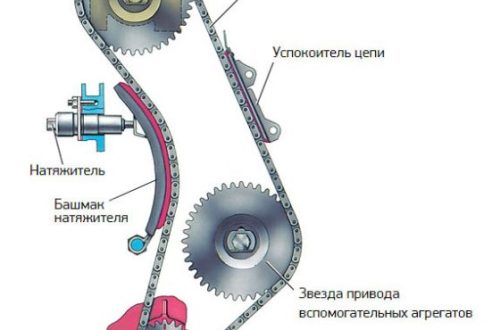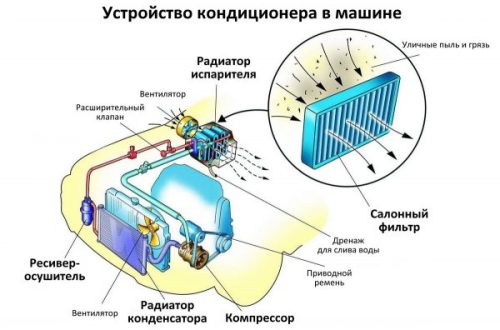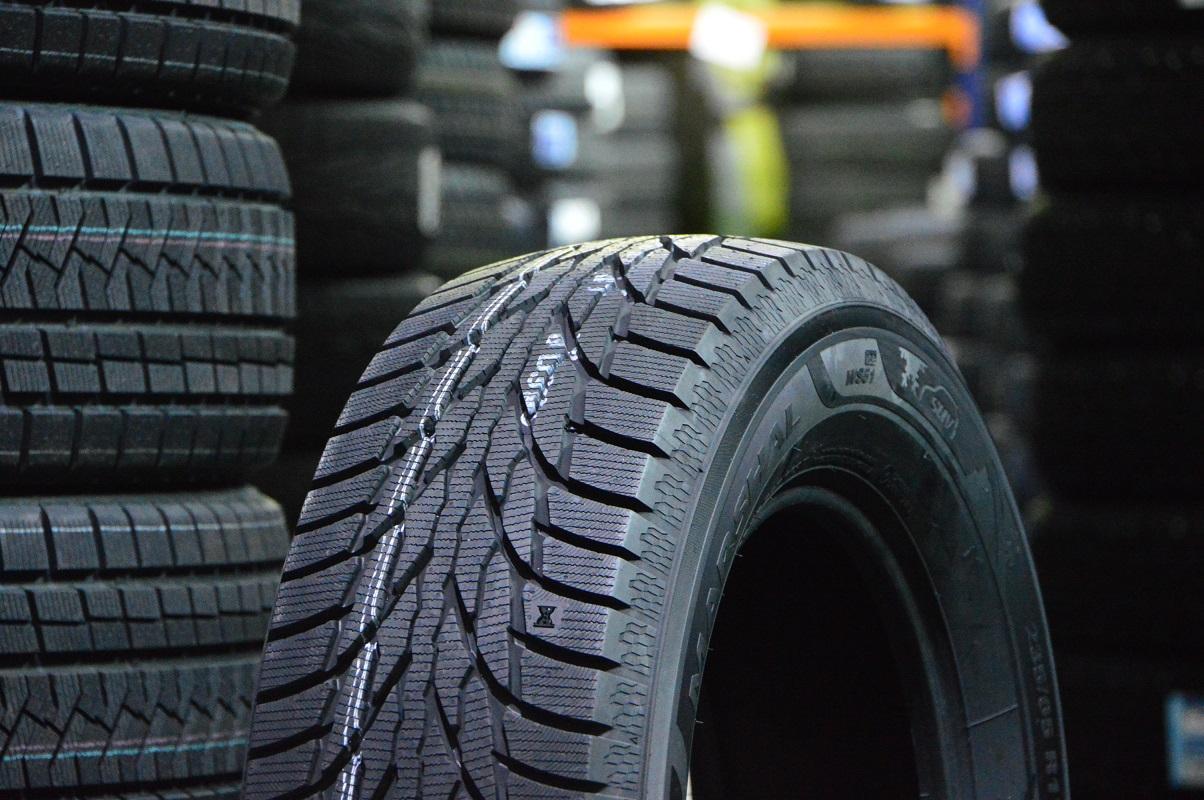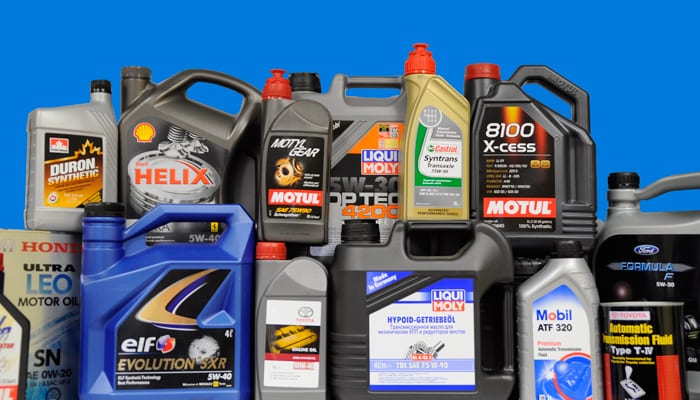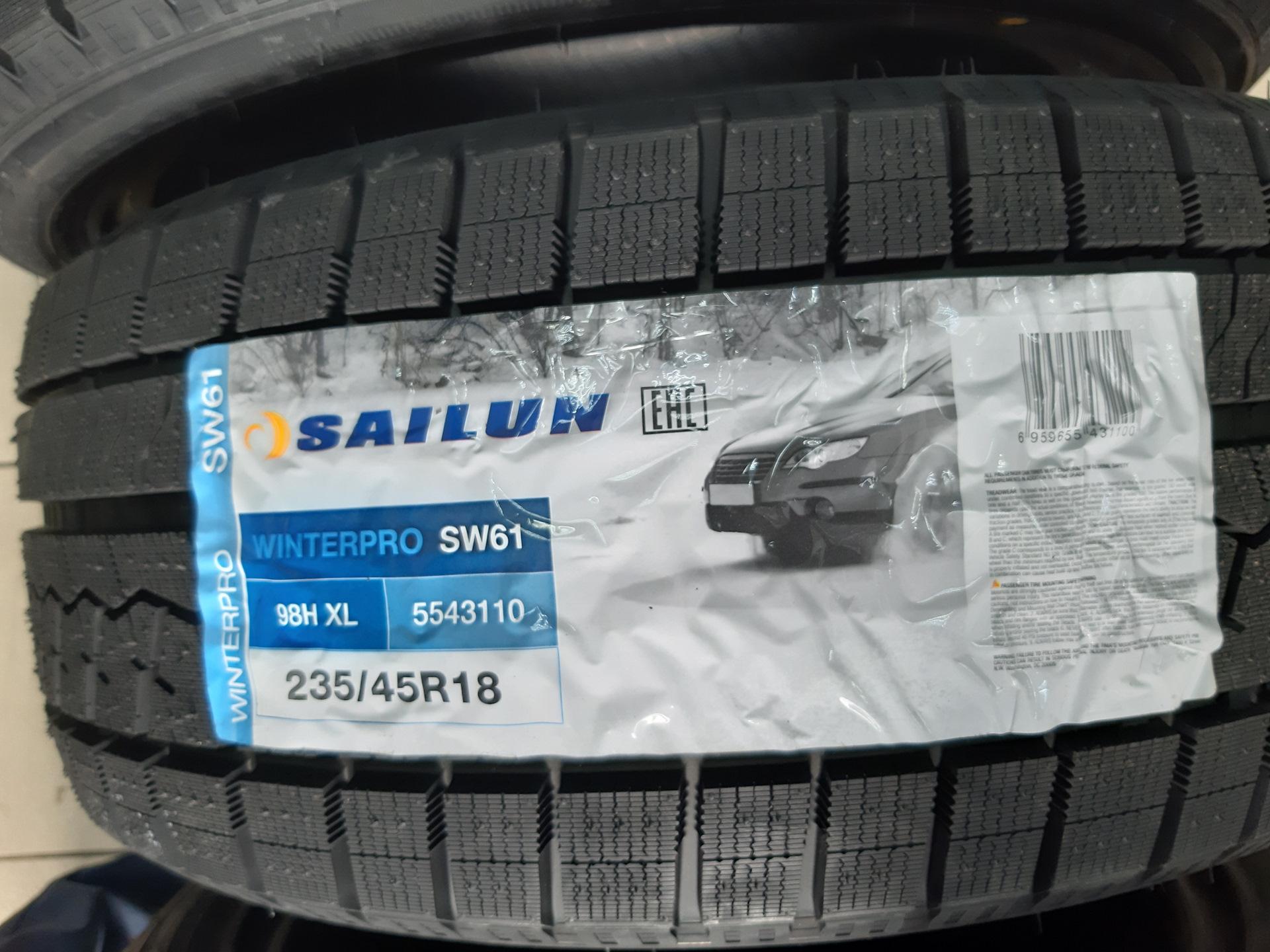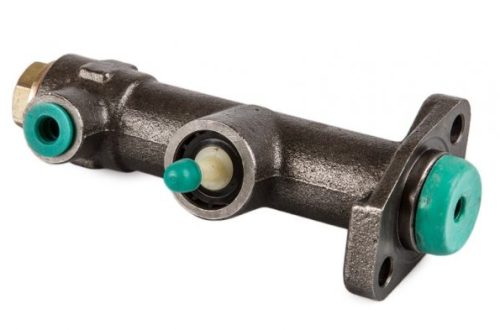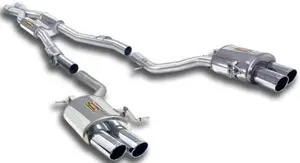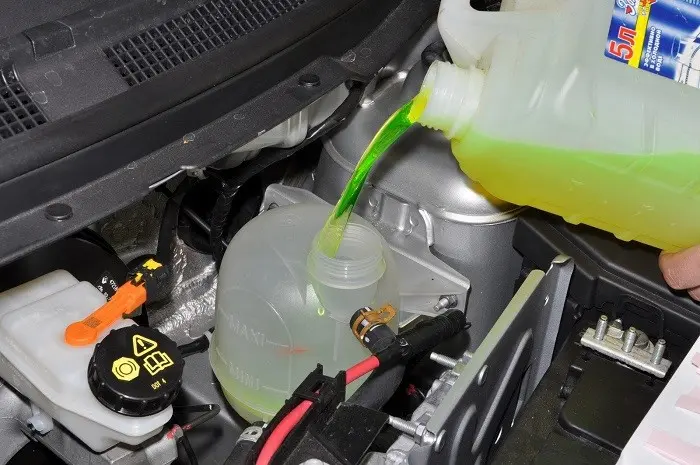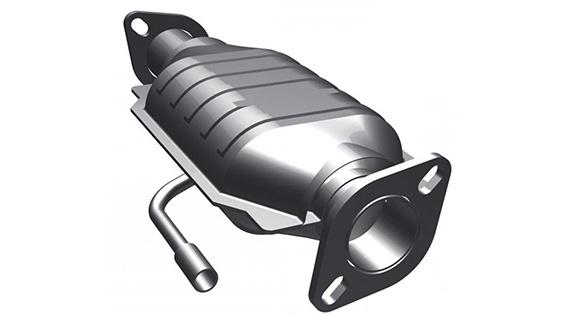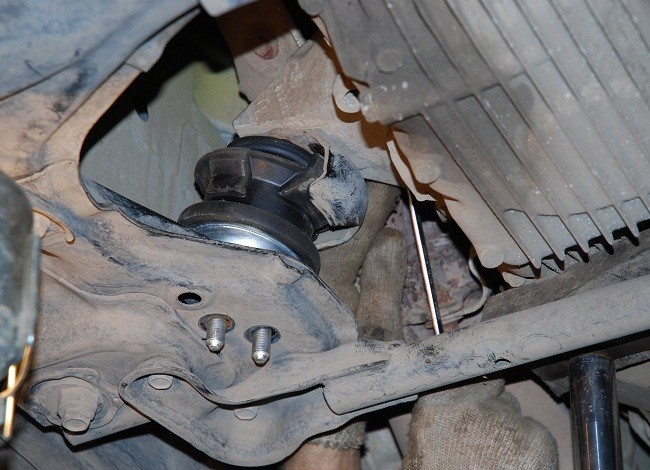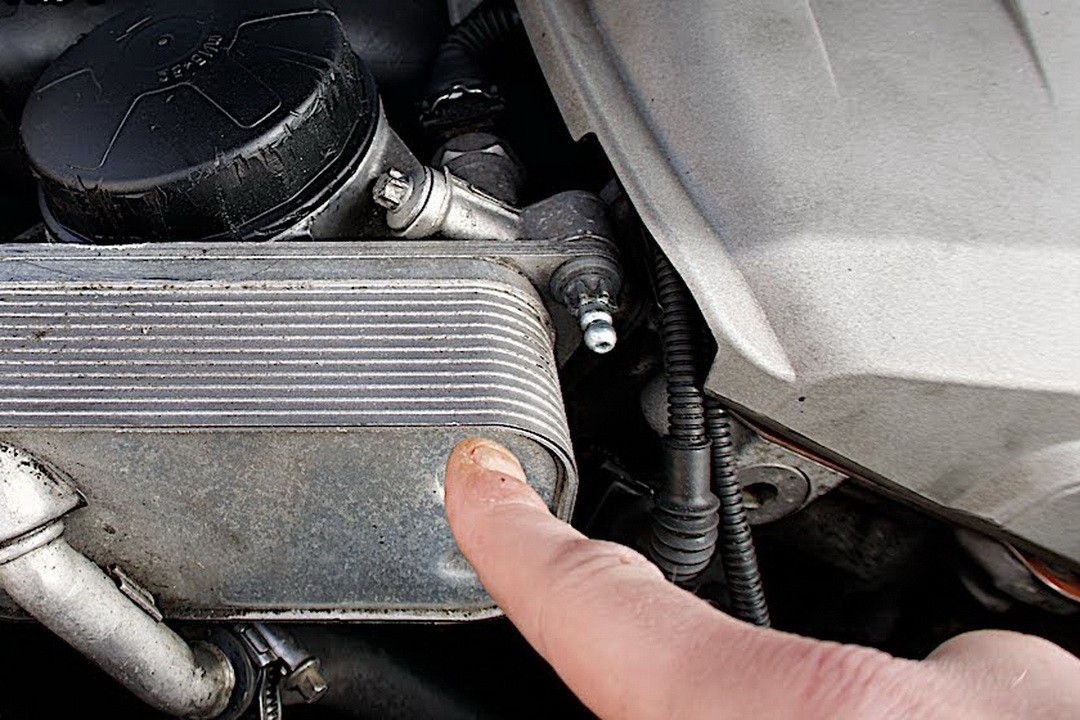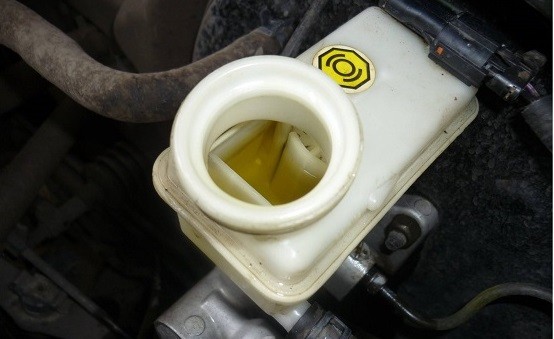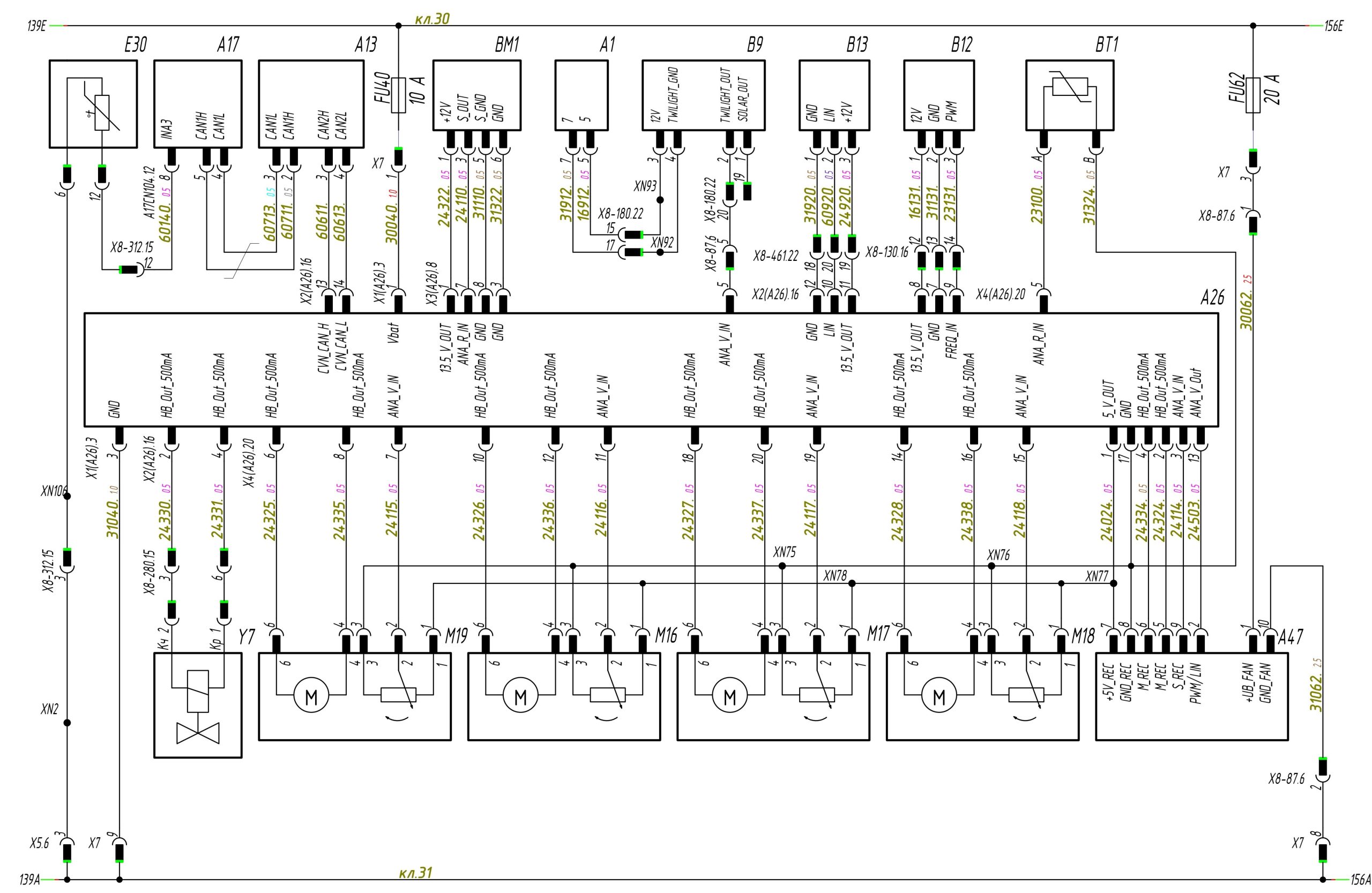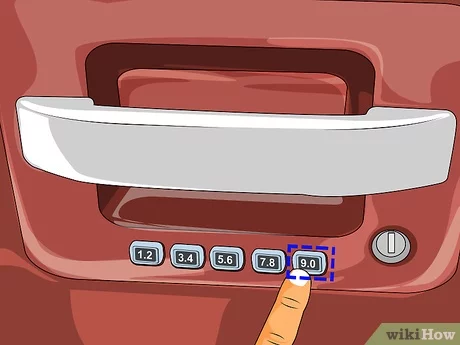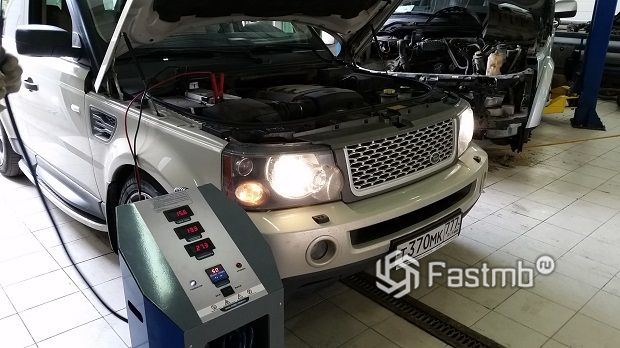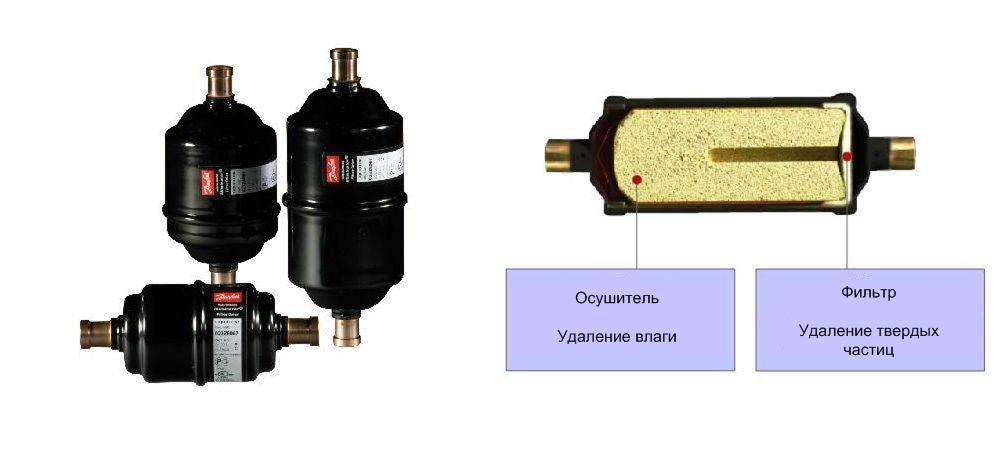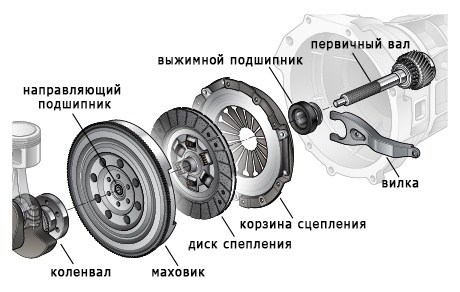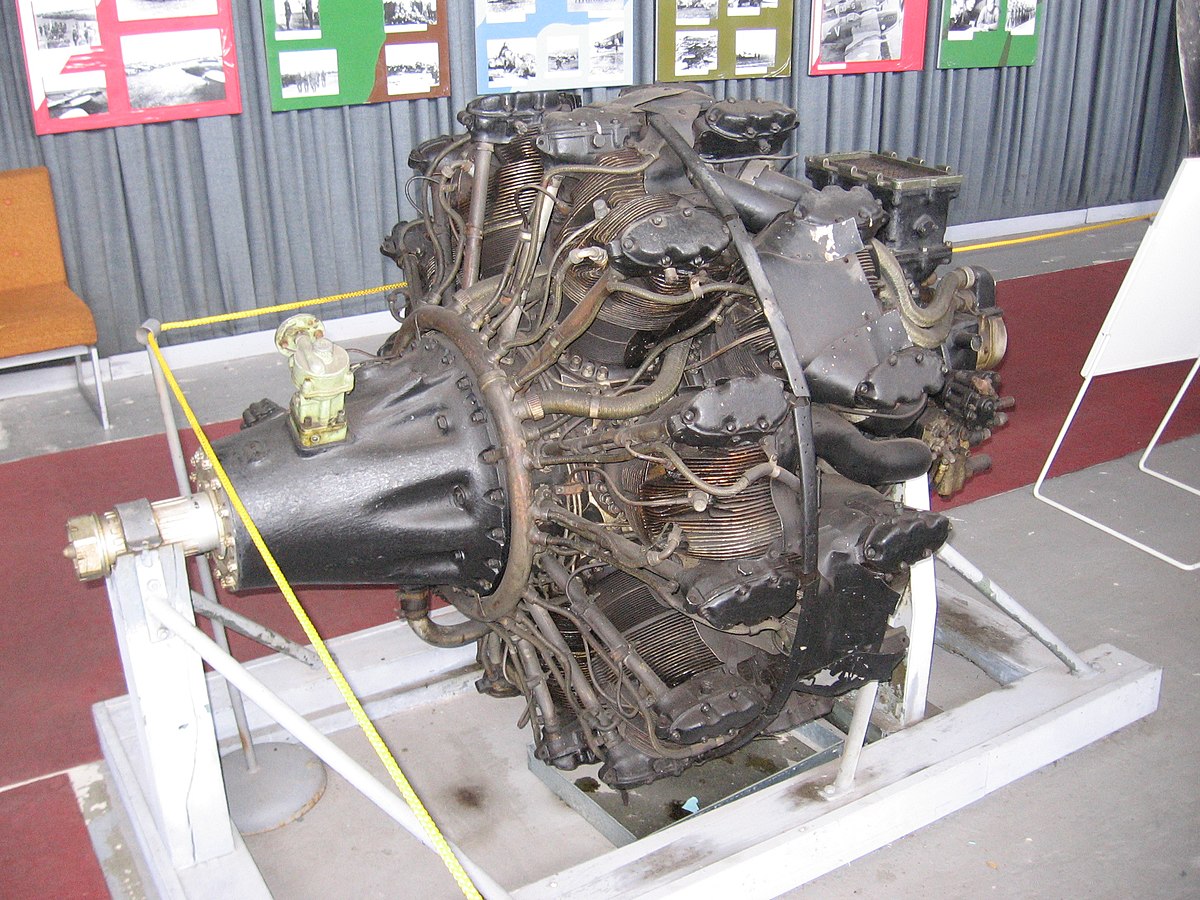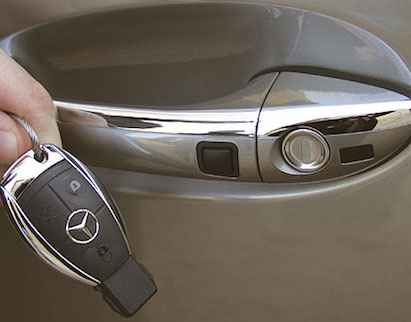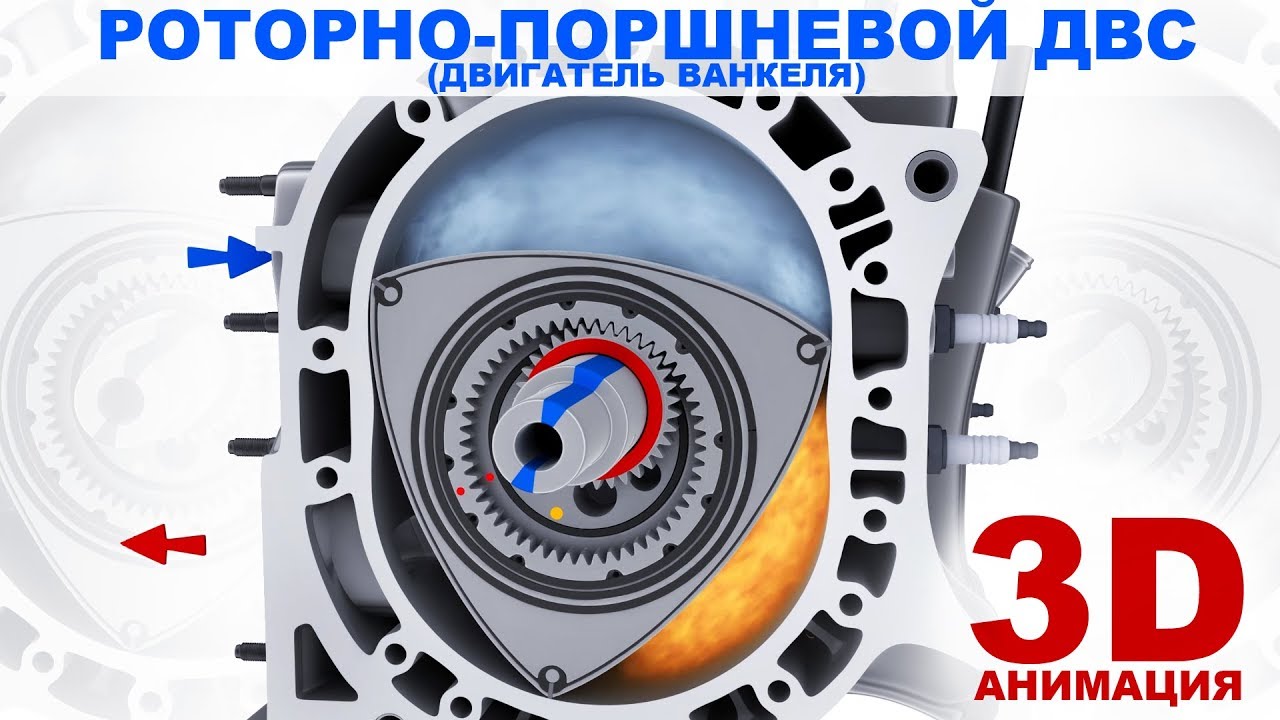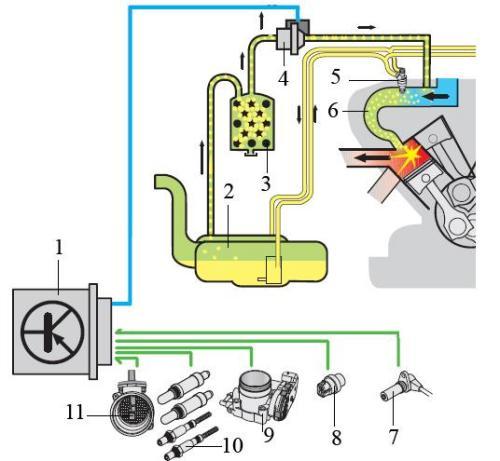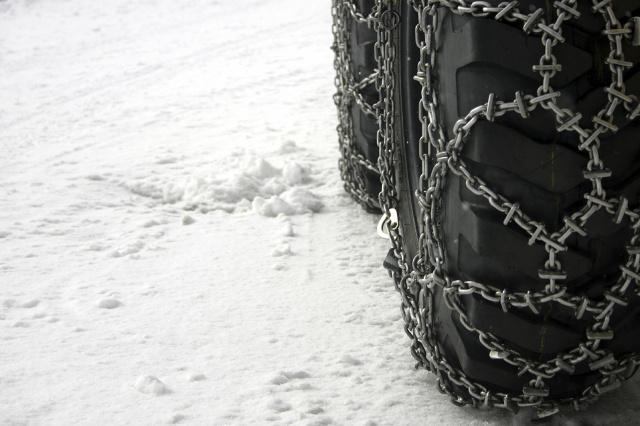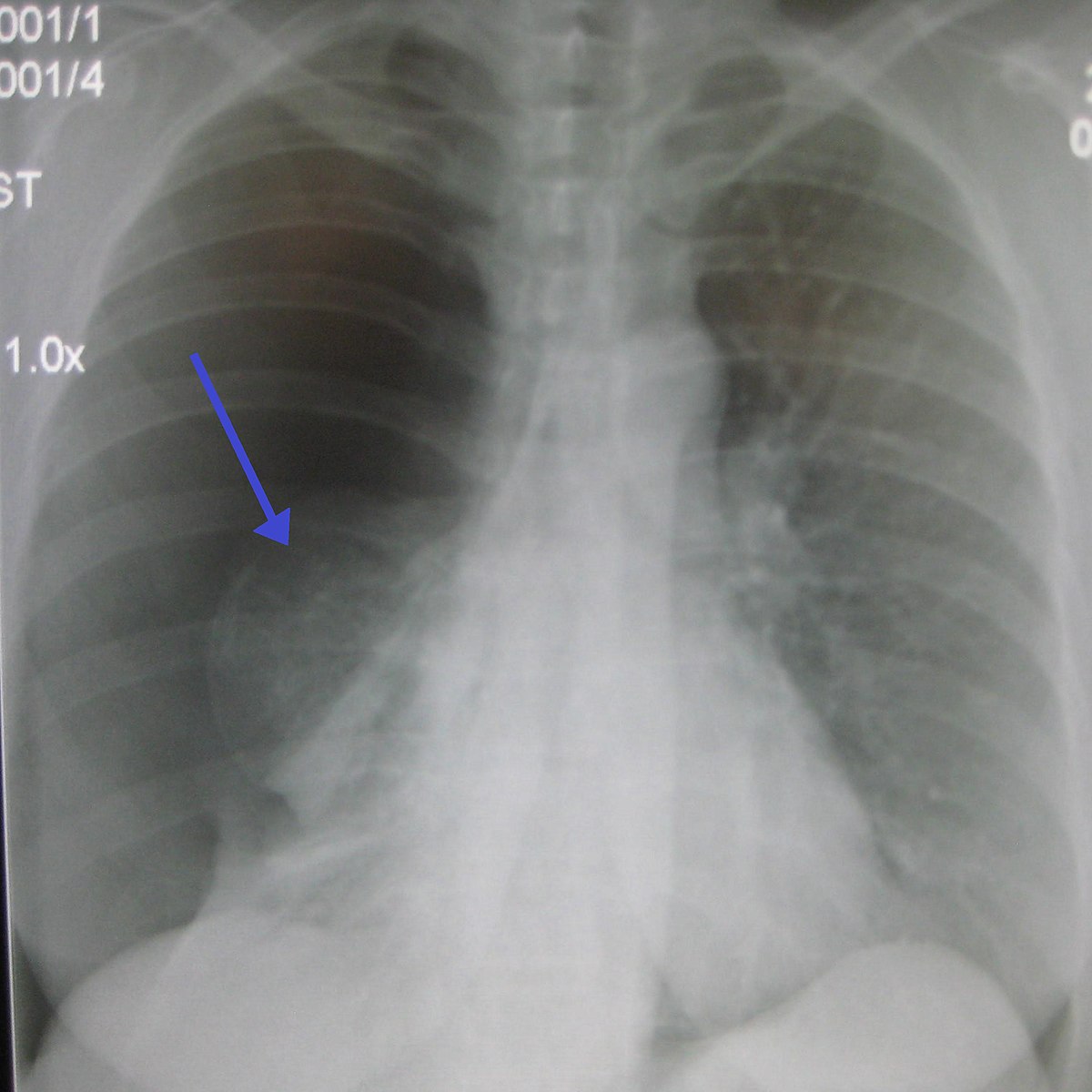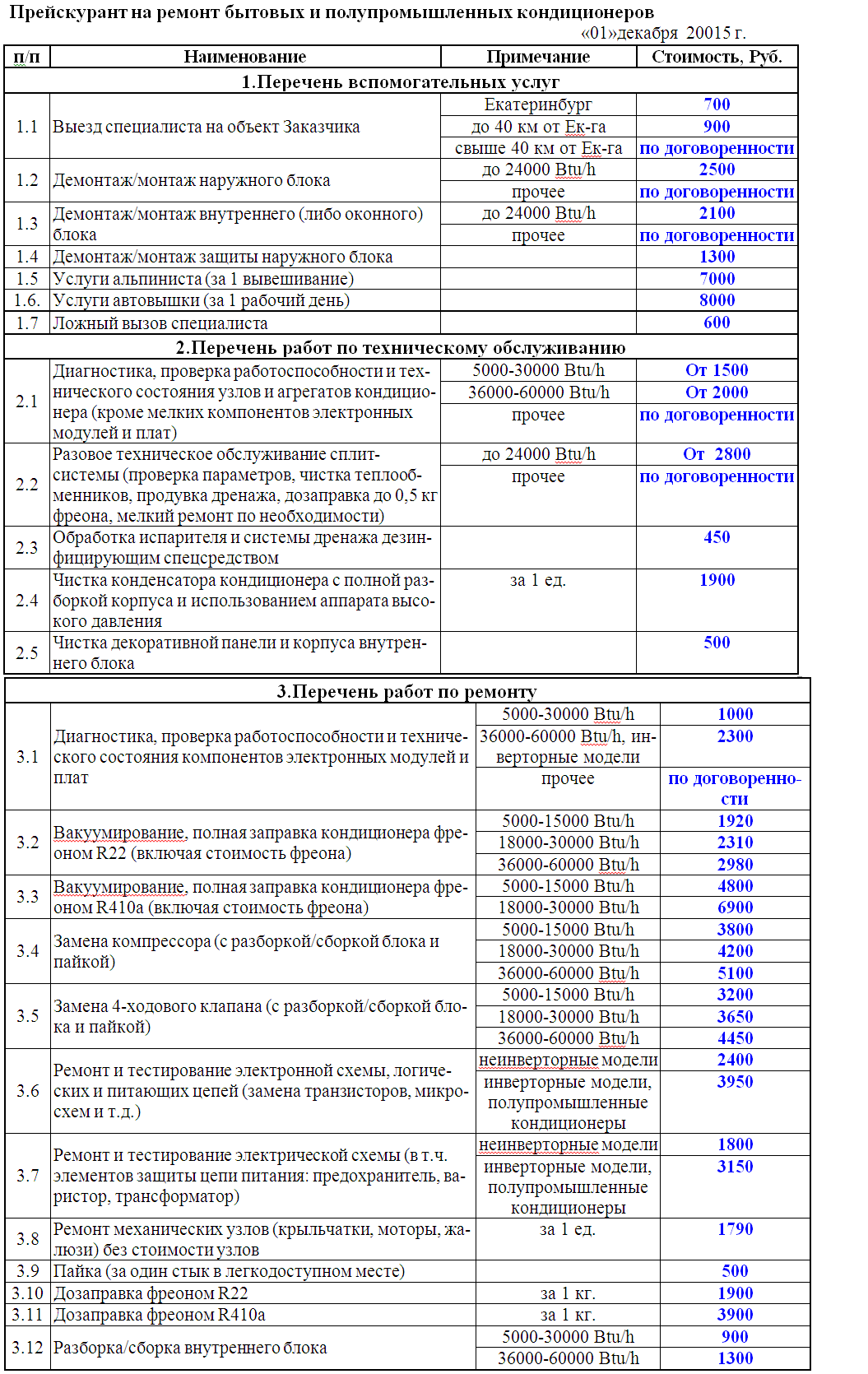Error 17142 - causes and how to fix
Audi error code 17142 is a common problem faced by Audi car owners. This error code usually indicates a problem with the engine control module or communication between the module and other vehicle components. In this article, we will delve into the causes of error code 17142 and provide possible solutions to help you fix the problem and get your Audi back on the road. Understanding Audi Error Code 17142: Error code 17142 is often associated with communication errors between the engine control module and various sensors or actuators in the vehicle. This can happen in different Audi models and can cause the check engine light on the dashboard to come on. Possible Causes of Error Code 17142: Error code 17142 may be caused by…
Inlet valve
In this edition we will talk about intake and exhaust valves, however, before going into details, we will put these elements in context for a better understanding. The engine needs a means to distribute the intake and exhaust gases, to control and move them through the manifold to the intake manifold, combustion chamber and exhaust manifold. This is achieved through a series of mechanisms that form a system called distribution. An internal combustion engine requires a fuel-air mixture, which, when burned, drives the mechanisms of the engine. In the manifold, the air is filtered and sent to the intake manifold, where the fuel mixture is metered through systems such as a carburetor or injection. The finished mixture enters the combustion chamber, where this gas burns and, thus, converts thermal energy into mechanical energy. After finishing…
What is an engine block?
What is an engine block (and what does it do)? The engine block, also known as the cylinder block, contains all of the major components that make up the underside of the engine. Here the crankshaft rotates, and the pistons move up and down in the cylinder bores, ignited by the combustion of fuel. In some engine designs, it also holds the camshaft. Usually made of aluminum alloy on modern cars, usually made of cast iron on older cars and trucks. Its metal construction gives it strength and the ability to efficiently transfer heat from combustion processes to the integrated cooling system. The aluminum block usually has a pressed iron bushing for the piston bores or a special hard coating applied to the bores after machining. Initially, the block was just a metal block holding the cylinder bores,…
valve spring
What is a valve spring and how does it work? You may be somewhat familiar with how a valve spring works to power your car's engine, but these springs also play an important role in the marine engineering world. As long as the springs are able to maintain the required pressure, they will help you avoid sudden engine failures and damage. In short, they help keep your valves running smoothly. But it's much more than that. Read on to learn about the problems a spring valve can help prevent, learn about the different types of spring valves, and understand how to recognize common signs of a problem. What do valve springs do? First, let's discuss the role the valve spring plays in the marine world. The valve spring is placed around the valve stem...
What is timing belt
What is the timing and what is the function of the belt in it? Simply put, it controls the valve timing, being responsible for the timely supply (injection) of the fuel-air mixture into the working cylinders and the release of exhaust gases from them. The timing belt (abbreviated timing) is responsible for synchronizing the crankshaft and camshafts. This ensures an exact match of the engine's operating cycles: the valves open and close exactly at those moments that correspond to one or another position of the piston. Most modern cars are equipped with four-stroke internal combustion engines, the operating cycle of which has four phases - intake, compression, power stroke and exhaust. For normal operation...
Engine overhaul. When, why and how
Nothing in the world lasts forever. This certainly applies to the car engine. Its resource can be very long, but not infinite. The power unit is subjected to very significant loads during operation, therefore, even with a careful attitude towards it, sooner or later there comes a moment when it is no longer possible to do without serious repairs. Overhaul of the motor is a complex and time-consuming work that only trained specialists can do. In addition, special equipment and tools are required. Attempts of unqualified interference will most likely only worsen the situation and lead to additional financial costs. Which leads to a reduction in engine life. Incorrect operation and neglect of the recommendations of manufacturers accelerate the wear of the unit and bring it closer to overhaul. Among…
Crankshaft - the basis of a piston engine
Of course, everyone has heard about the crankshaft. But, probably, not every motorist clearly understands what it is and what it is for. And some do not even really know what it looks like and where it is. Meanwhile, this is the most important part, without which the normal operation of a piston internal combustion engine (ICE) is impossible. This part, it should be noted, is rather heavy and expensive, and its replacement is a very troublesome business. Therefore, engineers do not stop trying to create alternative lightweight internal combustion engines, in which one could do without a crankshaft. However, the existing options, for example, the Frolov engine, are still too raw, so it is too early to talk about the actual use of such a unit. Purpose The crankshaft is an integral part of the key unit of the internal combustion engine - the crank ...
All about engine size
In the article: One of the main characteristics of not only the internal combustion engine itself, but also the vehicle as a whole is the working volume of the power unit. It largely depends on how much power the engine is able to develop, to what maximum speed it is possible to accelerate the car. In many countries, it is the working volume of the engine that is the parameter by which the amounts of various taxes and fees paid by the owner of the vehicle are determined. The importance of this characteristic is also emphasized by the fact that its value in one form or another is often indicated in the name of the model. Nevertheless, not all motorists clearly understand what is meant by engine displacement, what depends on it, and what engine displacement is best for certain ...
What is an exhaust manifold?
Whether you're upgrading your car with a custom exhaust system or just want to learn how an exhaust system works, you can't forget about the exhaust manifold. The exhaust manifold is the first part of the exhaust system. It bolts directly to the engine block and directs the exhaust gases to the catalytic converter. Your exhaust manifold is critical to the proper functioning of your exhaust system, and we are going to tell you more about that in this article. What is the exhaust manifold made of? Exhaust manifolds are made of plain cast iron or stainless steel. They are subjected to extreme, constant stress due to temperature fluctuations under the hood. Thanks to this design, the exhaust manifold will last longer than most parts in your car. When gears are tuned...
What are exhaust manifolds?
Working in the aftermarket, a custom exhaust system is one of the best things you can do for your vehicle. (And trust us, at Performance Muffler, we've been Phoenix's top exhaust shop for 15 years, so we certainly know our exhaust systems.) The most eye-catching and popular upgrades include Cat-Back exhausts and muffler removal. But one simple upgrade you've probably forgotten about is the exhaust manifolds. Exhaust manifolds increase horsepower by reducing exhaust restrictions and supporting scavenging. Most headers are aftermarket upgrades, but some high performance vehicles come with headers. You'll notice them on race cars and hot rods, and with a quick addition, an exhaust manifold can be…
Engine coolant in a car - tips for care and replacement!
Modern cars need water cooling. Otherwise, high-performance engines would not be able to maintain optimal operating temperatures. Defects in the cooling system quickly lead to serious engine damage. But also the wrong coolant can damage the engine from the inside. Read in this article what to observe regarding the coolant of your car's engine. What causes the engine to heat up? Engine heat is generated in two ways: by fuel combustion and by internal friction. In the combustion chambers of the engine, the fuel is brought to an explosion at a temperature of several hundred degrees Celsius. Metal is an adequate conductor of heat. Since the entire engine is made of metal, the heat from the combustion chambers is distributed throughout the unit. In addition, the engine consists of several hundred moving parts. Although they are always lubricated, there is a certain amount of internal friction that causes…
Car Engine Damage – Keep Your Engine Healthy and Tight!
Car engine damage is expensive. The drive is a complex structure with hundreds of parts that need to be fine-tuned. Modern engines serve hundreds of thousands of kilometers. The condition for this is a thorough and regular maintenance of the engine. Read here what you need to observe for the safe operation of your engine. What does an engine need? For its operation, the engine needs six elements: - fuel - electric ignition - air - cooling - lubrication - control (synchronization) If one of the first three fails, then, as a rule, the engine also fails. These errors are often easily corrected. If cooling, lubrication or control is affected, damage may result. A Properly Lubricated, Safely Driven Engine is lubricated by oil circulation. Lubricant is pumped through the entire engine by a motor pump, resulting in all moving components fitting with minimal friction. Metal…
Engine Cleaning: Higher Selling Value, Better Looks and Easier Troubleshooting
Usually the car engine is hidden under the hood. Why should you bother cleaning it? After all, in a purely mechanical or electrical sense, you run the risk of doing more harm than good. However, there are several good reasons to periodically clean your engine. It is important to follow certain steps to achieve the desired result, without allowing it to end in a repair. Read this guide on how to safely bring your engine back to shine. Benefits of a Clean Engine A clean engine has several great benefits. These are: – Better appearance – Easy troubleshooting – Ease of repair. A clean appearance increases the self-esteem of the car owner. More importantly, it increases the car's resale value. With a shiny, clean engine, the car usually looks more well-groomed. Obviously, a thorough polishing, as well as internal cleaning, should be part of the preparation for the sale. Often…
Radial Internal Combustion Engine - Why is it so special?
The radial engine owes its popularity primarily to aircraft structures. Aircraft can provide very good cooling for powertrains, and the engine is air-cooled. However, it is worth learning more about this type of drive. What else distinguishes this design? Where was it used? Find out in our article! Star Engine - Drive Design Although this engine can have many cylinders and a large displacement, it has a very compact design. In any case, the basis for building the engine is the circumference of the wheel, in the central part of which is the crankshaft. Cylinders with pistons are located on levers at equal distances from the shaft. A radial engine very often has noticeable fins because it is not cooled by liquid, but by air. It's the same…
What is a Wankel engine? Learn about the design and operation of this automotive unit
Modern cars are based on various design solutions. Surely you have already heard about diesel engines, which are becoming more and more popular on Polish roads. However, some vehicles use slightly different technology. Explore the Wankel engine to find out how it works and how it can be fixed. What cars is it best suited for and what are its disadvantages? See for yourself and see if it is worth buying a car with such a drive! What is a Wankel engine? What is the working principle? The name of the unit (as in the case of diesel engines) comes from the designer. It was patented in 1963 by German mechanic Felix Wankel. The engine was used in the NSU Spider two-door sports convertible. Four years later it was used again. Mazda car...
Oil pneumothorax - characteristics and malfunctions
If you want your car to perform well, you need to take care of it. You know for sure that the engine is the heart of every car. This is the most critical element of the car. The design of the engine is very complex, it consists of various components, each of which has its own task. A minor malfunction in one of them can lead to engine failure. It can even lead to the complete destruction of the drive unit. One of these elements is the oil pan, which is designed for crankcase ventilation. This leads to the fact that the gases are directed into the cylinders. Improper operation can lead to an uncontrolled increase in pressure in the gearbox, resulting in oil leakage. When checking the condition of an oil pneumothorax, the signs of its malfunction should raise your…
